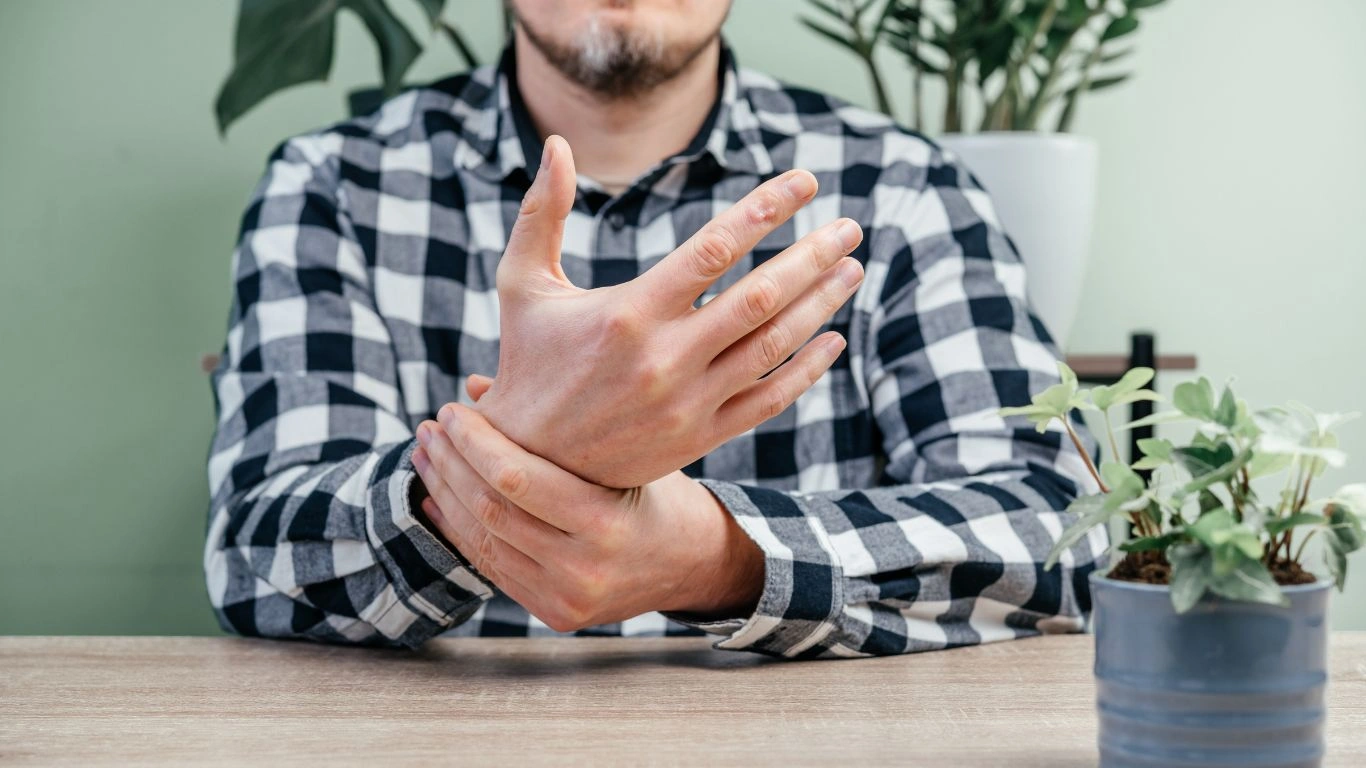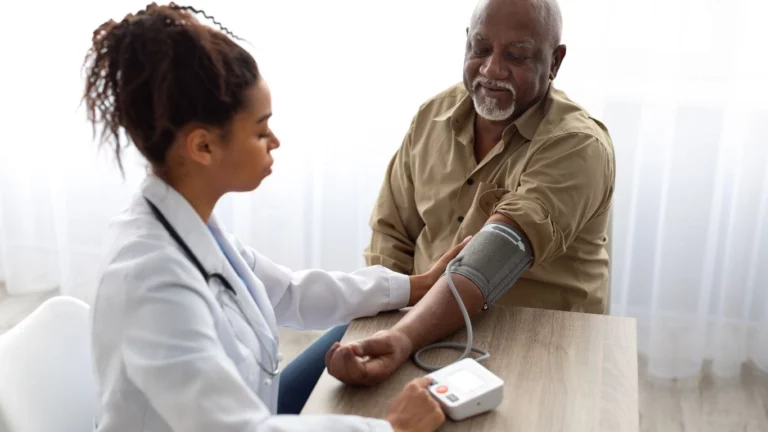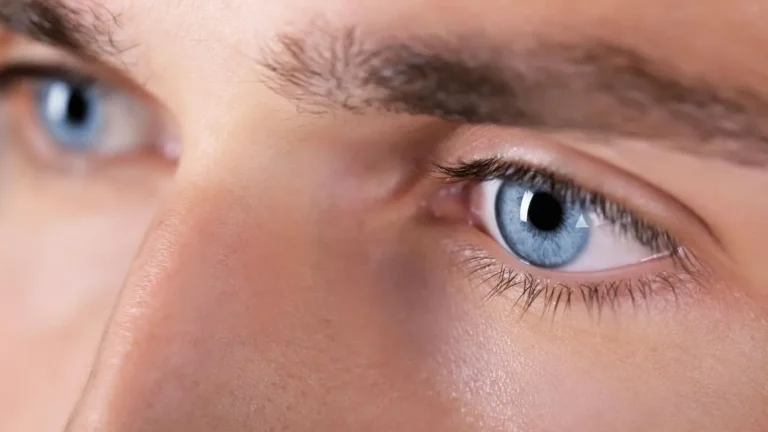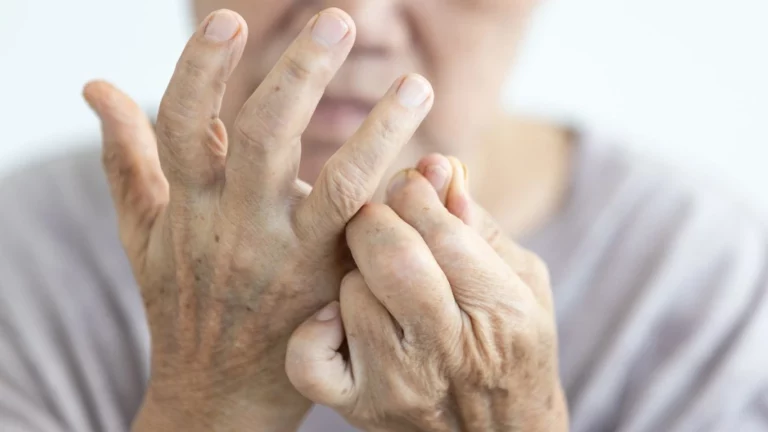How Rheumatoid Arthritis Affects Your Feet: Managing Pain & Improving Mobility
As a Rheumatology Nurse Practitioner, I’ve worked with countless patients over the years, and one thing that consistently stands out in my practice is the impact that rheumatoid arthritis (RA) can have on the feet and ankles. If you’ve been diagnosed with RA, or you know someone who has, you may already be aware that it’s more than just a “joint disease.” RA can really disrupt daily life, and when it affects the feet and ankles, it can limit mobility in ways that are often underestimated. In this article, we’ll dive into how rheumatoid arthritis affects the feet and ankles, the symptoms to watch for, and why early intervention is crucial in managing these effects.
The Impact of Rheumatoid Arthritis on the Feet and Ankles

When people think of rheumatoid arthritis, they often focus on the hands, wrists, or knees. But in my experience, the feet and ankles can suffer just as much, if not more. RA is an autoimmune disease that causes inflammation in the joints, leading to pain, swelling, stiffness, and potential joint damage over time. The inflammation is not limited to any one area of the body; it can affect any joint, and the feet and ankles are no exception. In fact, studies show that up to 90% of people with RA will experience foot involvement at some point in their disease progression.
Why the Feet and Ankles?
The feet are complex structures that bear the weight of the entire body. There are 26 bones, 33 joints, and over 100 muscles, tendons, and ligaments in each foot. The ankles play a crucial role in mobility, supporting the entire body when we walk, stand, and move. RA tends to target these joints because of their high level of movement and their susceptibility to inflammation. When the immune system mistakenly attacks the lining of the joints, it can lead to painful flare-ups and, if left untreated, irreversible damage.
Common Symptoms of RA in the Feet and Ankles
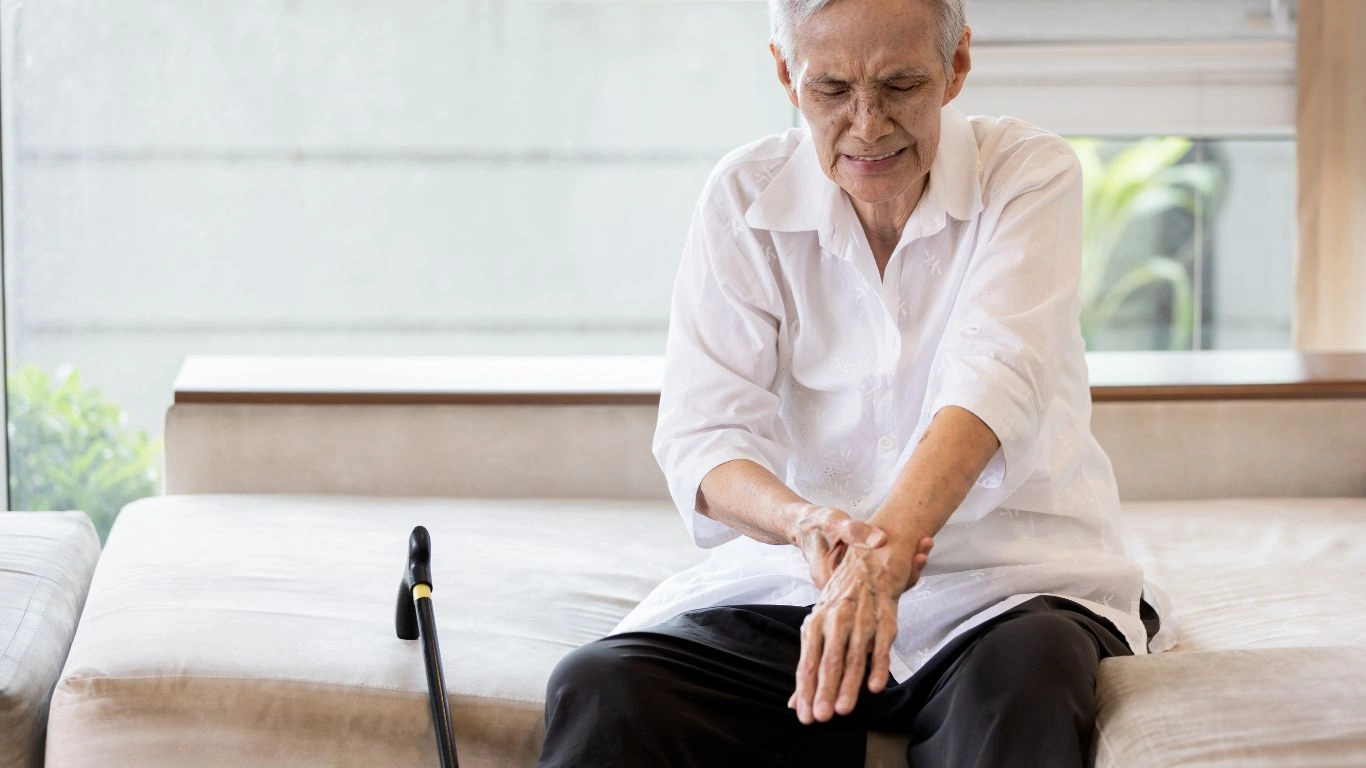
If you’re living with rheumatoid arthritis, you’ve probably already dealt with some of the more common symptoms like swelling and stiffness. But RA’s effects on the feet and ankles can be particularly disruptive. Here are some of the most common symptoms:
- Swelling: One of the first signs of RA in the feet and ankles is swelling. The affected joints may look visibly enlarged, and you might feel discomfort or a heavy sensation in the area.
- Pain and Tenderness: The inflammation in the joints can cause significant pain, often described as a dull ache or sharp pain. You might feel tenderness when you walk or put weight on the affected foot.
- Stiffness: RA can lead to stiffness, particularly in the morning after waking up. This can make it difficult to move your feet or ankles, and you may feel like your joints are “locked” in place for a period of time.
- Deformities: Over time, untreated RA can cause joint deformities. In the feet, this can lead to conditions like bunions, hammertoes, or a condition called “flatfoot,” where the arch of the foot collapses.
- Fatigue and Loss of Mobility: Due to pain, stiffness, and swelling, individuals with RA in the feet and ankles often experience fatigue and may struggle with walking, standing for long periods, or even wearing shoes comfortably.
How RA Affects the Foot’s Structure
RA doesn’t just cause temporary discomfort in the feet and ankles; over time, it can lead to lasting changes in the structure of the foot. The persistent inflammation can wear down the cartilage between the joints, and eventually lead to joint deformities. These deformities can change the alignment of the foot, making it harder to walk and causing other problems like imbalances in posture or gait.
For example, one common deformity I often see is bunions. Bunions are swollen bumps that form at the base of the big toe and are typically associated with pressure from shoes or misalignment. In RA patients, bunions are often caused by joint damage, which results in the toe being forced out of its normal position. Similarly, hammertoes—a condition where the toes curl abnormally—can also result from joint deterioration due to rheumatoid arthritis.
The Importance of Early Diagnosis and Treatment
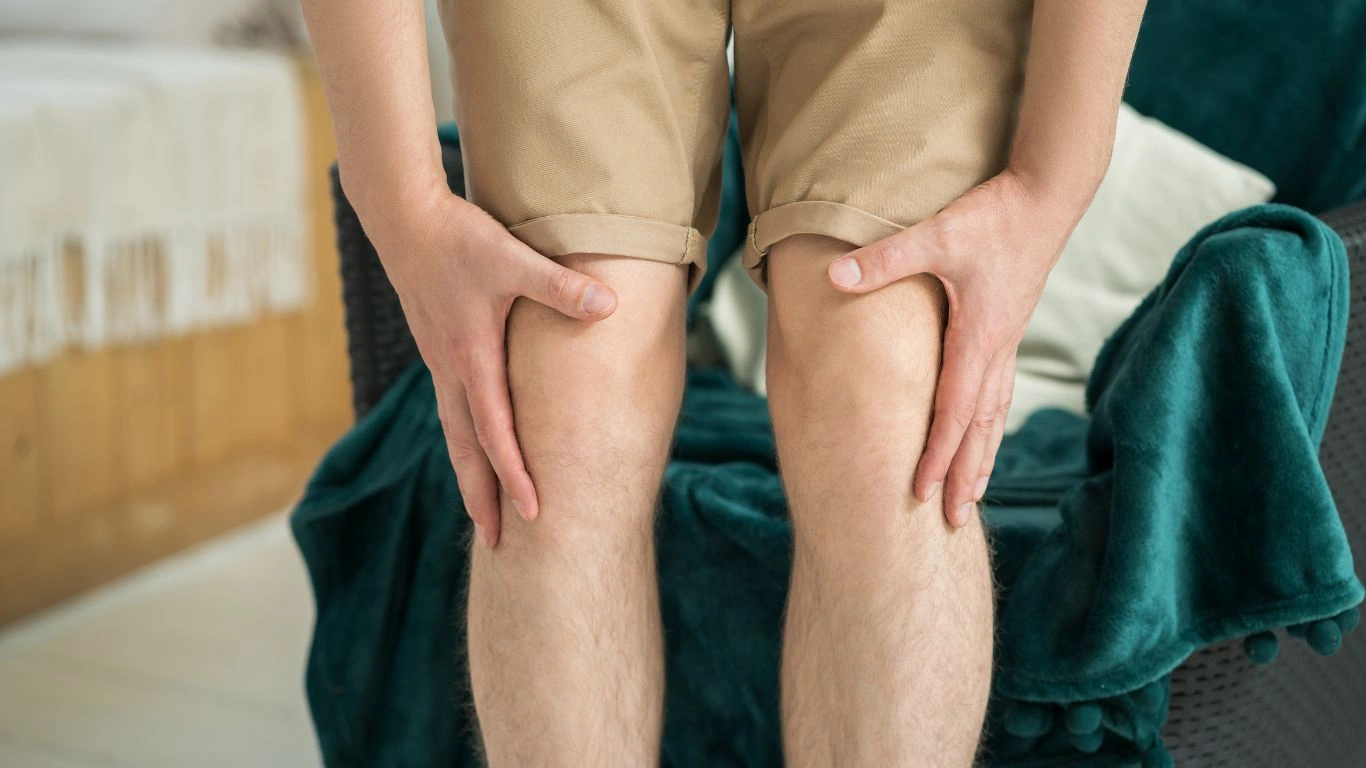
One of the key takeaways I always stress to my patients is the importance of early diagnosis and treatment when it comes to rheumatoid arthritis, especially when the feet and ankles are involved. Early intervention can help prevent severe joint damage and limit the disability that can come with the disease. If you notice any of the symptoms listed above, it’s crucial to reach out to a healthcare professional, such as a rheumatologist, for an evaluation.
There are several ways to treat RA in the feet and ankles. Medications like disease-modifying anti-rheumatic drugs (DMARDs) can help control the autoimmune response and reduce inflammation. Physical therapy and custom orthotic insoles can assist with mobility and reduce strain on the joints. In some cases, if the damage is severe enough, surgical options may be necessary to correct deformities or repair joint damage.
Incorporating Foot Care into Your Daily Routine
While medical treatments are essential, there are also some practical steps you can take at home to manage the impact of RA on your feet and ankles. These steps can include:
- Choosing the Right Shoes: Opt for shoes that provide ample support and cushioning. Avoid tight, pointy shoes that can worsen foot deformities.
- Stretching and Strengthening Exercises: Gentle exercises can help maintain joint flexibility and improve muscle strength around the affected joints.
- Regular Foot Inspections: Examine your feet daily for signs of swelling, redness, or blisters. Early detection of any changes can prevent further complications.
By paying attention to your feet and ankles and seeking treatment early, you can manage the symptoms of RA and preserve your quality of life.
Managing the Effects of Rheumatoid Arthritis on the Feet and Ankles
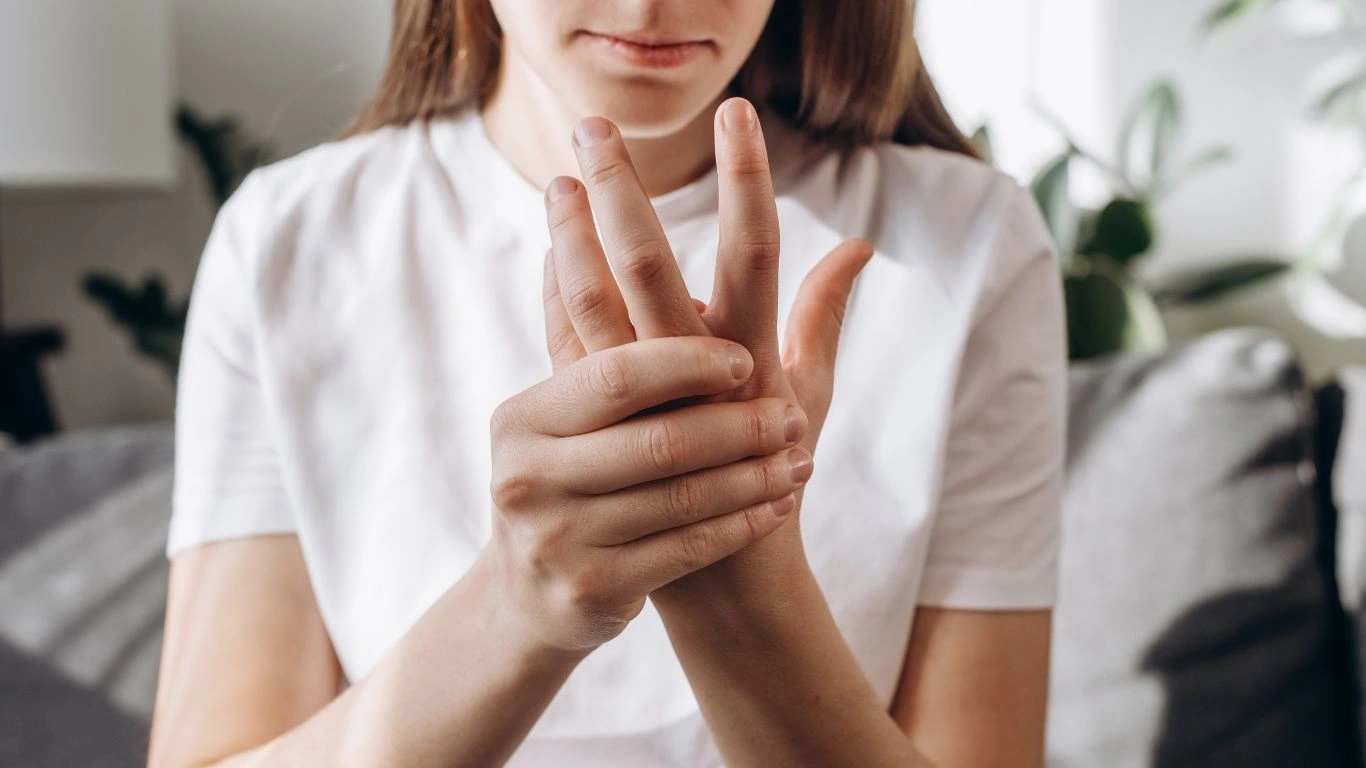
Managing the impact of rheumatoid arthritis on your feet and ankles is key to maintaining a healthy, active lifestyle. As a Rheumatology Nurse Practitioner, I’ve witnessed firsthand how patients can thrive with the right treatment and lifestyle modifications. While RA is a chronic condition that can be challenging, there are several strategies that can help you stay mobile, reduce pain, and prevent further damage to your feet and ankles. In this section, we’ll explore some effective ways to manage your RA symptoms and maintain joint health in the lower extremities.
Medication Options for Foot and Ankle RA
When it comes to managing RA, medications are often the first line of defense. And for good reason—medications can significantly reduce inflammation, improve joint mobility, and help prevent long-term damage. In my practice, I’ve seen many patients find relief with the right combination of drugs. There are several classes of medications that are commonly prescribed for RA that can be particularly helpful when the disease affects the feet and ankles:
- Nonsteroidal Anti-Inflammatory Drugs (NSAIDs): These medications, like ibuprofen or naproxen, can help alleviate pain and reduce swelling in the joints. They are typically used as a first-line treatment to manage flare-ups.
- DMARDs (Disease-Modifying Anti-Rheumatic Drugs): Drugs like methotrexate or hydroxychloroquine are used to slow down the progression of RA and prevent joint damage. They work by targeting the underlying immune response that causes inflammation in the joints.
- Biologic Agents: For patients with more severe cases of RA, biologic drugs like TNF inhibitors (e.g., adalimumab) can be prescribed. These medications target specific molecules in the immune system, reducing inflammation more effectively than traditional DMARDs.
- Corticosteroids: In certain cases, corticosteroid injections directly into the affected joints can provide quick relief from pain and swelling. However, these are typically reserved for short-term use due to potential side effects from long-term use.
Finding the right medication or combination of medications is often a process of trial and error. As a nurse practitioner, I work closely with my patients to monitor their progress and adjust their treatment plans accordingly. The goal is always to find a regimen that offers the best balance between symptom control and minimal side effects.
Physical Therapy: A Key Component of RA Foot and Ankle Management

One of the most effective, yet often underrated, treatments for RA is physical therapy. In my experience, a good physical therapist can make all the difference in how patients cope with the impact of RA on their feet and ankles. Physical therapy helps improve joint function, reduces stiffness, and increases strength, all of which are critical for managing RA.
A physical therapist will typically guide you through a series of exercises designed to improve the range of motion in your affected joints. These exercises might include:
- Stretching: Gentle stretches help to improve flexibility and reduce stiffness in the joints. A physical therapist can recommend specific stretches for the feet and ankles that help maintain mobility.
- Strengthening Exercises: Strengthening the muscles around the affected joints provides added support and reduces strain on the joints themselves. Exercises like toe curls, heel raises, and resistance band exercises can be especially helpful.
- Balance and Coordination Training: RA can affect your ability to balance, especially when it affects your feet and ankles. Balance exercises, such as standing on one foot or using a wobble board, can improve stability and prevent falls.
In addition to these exercises, a physical therapist may also recommend custom-made orthotic devices, such as insoles, to help redistribute weight and reduce strain on the joints. Custom orthotics can be particularly helpful if you have foot deformities like bunions or hammertoes caused by RA.
The Role of Proper Footwear in Managing RA
As a Rheumatology Nurse Practitioner, I can’t stress enough how crucial it is to wear the right shoes when living with rheumatoid arthritis. The right footwear can make a world of difference in managing foot and ankle pain, reducing strain on your joints, and preventing further deformities.
Here are some tips I recommend to my patients when choosing shoes for RA:
- Supportive Arch Design: Look for shoes with a firm, supportive arch. This can help reduce the pressure on your feet and ankles, especially if you suffer from conditions like flatfoot, which is common in RA.
- Avoid High Heels and Tight Shoes: High heels and shoes that are too tight or narrow can exacerbate RA symptoms. These types of shoes place additional strain on your toes, feet, and ankles, increasing the risk of deformities and pain.
- Shock Absorption: Shoes with good shock-absorbing soles can reduce the impact on your joints when you walk or stand. This is particularly important if you have ankle involvement in your RA.
- Roomy Toe Box: A wider toe box will give your toes more room to move and breathe, which is important if you have bunions, hammertoes, or other foot deformities related to RA.
It may take some time to find the right pair of shoes, but trust me, it’s worth the effort. Comfortable, supportive shoes can help you feel more confident when walking and can prevent further joint damage down the road.
Weight Management and Joint Health
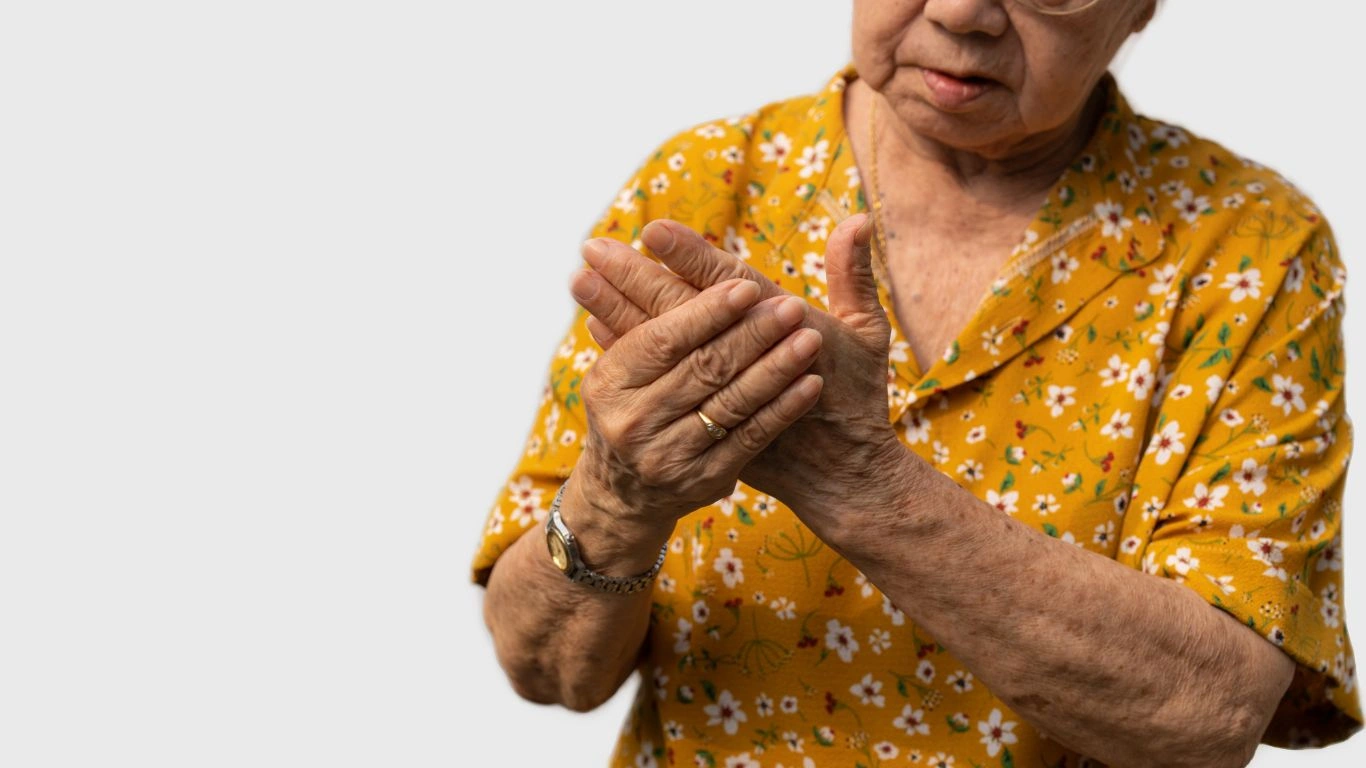
Another often overlooked but highly effective strategy for managing RA symptoms in the feet and ankles is weight management. As someone who works closely with patients, I’ve seen how excess weight can put added strain on the joints, especially the feet and ankles. Carrying extra weight increases the stress on these joints, which can worsen pain, accelerate joint damage, and limit mobility.
Maintaining a healthy weight can help reduce this strain and slow down the progression of RA. While it’s not always easy to lose weight, making small, sustainable changes to your diet and exercise routine can make a significant impact on your overall health and joint function. Here are a few tips for managing your weight while living with RA:
- Focus on a Nutrient-Dense Diet: Eating a balanced diet rich in fruits, vegetables, lean proteins, and whole grains can help keep you energized and support joint health. Foods high in omega-3 fatty acids, such as fish, flaxseeds, and walnuts, have anti-inflammatory properties that may help reduce RA symptoms.
- Low-Impact Exercise: Regular exercise, like walking, swimming, or cycling, can help you manage your weight while also improving joint mobility. Low-impact activities are easier on the feet and ankles, allowing you to stay active without causing additional pain or stress.
- Work with a Dietitian: If you’re struggling with weight management, consider consulting with a dietitian who can help create a personalized plan that aligns with your lifestyle and nutritional needs.
Even losing a small amount of weight can have a big impact on reducing foot and ankle pain. As a nurse practitioner, I always encourage my patients to take a holistic approach to their treatment plan, and weight management is a crucial part of that strategy.
Living with Rheumatoid Arthritis: Maintaining Mobility in the Feet and Ankles

Living with rheumatoid arthritis (RA) in the feet and ankles can be challenging, but it’s possible to lead an active and fulfilling life with the right mindset and management strategies. As I mentioned earlier, early intervention and a combination of treatments are crucial to maintaining mobility and reducing pain. In this final section, we’ll dive into some additional lifestyle adjustments and alternative treatments that can help you manage RA symptoms in your feet and ankles while maintaining a high quality of life.
Assistive Devices for Enhanced Mobility
One thing I always emphasize to my patients is that it’s okay to use assistive devices to make life easier when living with RA. There’s absolutely no shame in needing a bit of extra help, especially when it comes to reducing strain on your feet and ankles. There are several devices that can make a big difference in your daily life and help you move around more comfortably:
- Walking Aids: Devices like canes or walkers can provide extra support and reduce the amount of weight you place on your feet and ankles. They’re especially helpful during flare-ups or on days when walking feels particularly difficult.
- Orthotic Insoles: Custom orthotics are a game-changer for many of my patients. These specially designed insoles provide extra cushioning, help distribute weight evenly, and reduce pain and pressure on the joints. Some insoles are even designed to help with specific RA-related deformities, like hammertoes or bunions.
- Adaptive Footwear: Shoes with adjustable straps or Velcro closures can be a lifesaver, especially if your feet swell during the day. These shoes allow for flexibility and comfort without putting additional pressure on the affected joints.
While these devices may seem like a small change, they can make a world of difference in reducing pain and maintaining your independence. Don’t be afraid to explore different options until you find what works best for you.
Alternative Therapies for RA Foot and Ankle Pain
In addition to traditional treatments, many patients find relief from alternative therapies. While they aren’t a replacement for medication or physical therapy, these therapies can be an effective complement to your overall treatment plan. As someone who’s seen patients try various treatments over the years, I’ve witnessed some positive results with these methods, particularly when combined with other interventions.
Acupuncture for Rheumatoid Arthritis
Acupuncture is a form of traditional Chinese medicine that involves inserting thin needles into specific points on the body to promote healing and relieve pain. For many people with RA, acupuncture has been shown to help reduce inflammation, ease joint pain, and improve mobility. It can be especially helpful for RA in the feet and ankles, where pain and stiffness can be particularly debilitating.
While the scientific evidence on acupuncture for RA is still evolving, numerous studies and patient reports suggest that it can be a useful tool in managing symptoms. It’s important to consult with your healthcare provider before trying acupuncture, especially if you have any underlying health conditions.
Massage Therapy: Relieving Tension and Reducing Pain
Massage therapy is another alternative treatment that has been shown to provide relief for many RA patients. Regular massage can help relax tense muscles, improve circulation, and reduce joint stiffness, which is especially helpful in the feet and ankles. Therapeutic massage, performed by a licensed massage therapist, can target specific areas of pain and discomfort and may be beneficial in alleviating some of the chronic pain associated with RA.
One of the key benefits of massage is its ability to help reduce stress, which can be particularly important when managing a chronic condition like RA. Stress can exacerbate inflammation and pain, so finding ways to relax and unwind is essential for overall health.
Cold and Heat Therapy: Simple Yet Effective
Sometimes the simplest solutions can be the most effective. Cold and heat therapy is a go-to remedy for many RA patients, and I often recommend it to those experiencing flare-ups in their feet and ankles. Cold therapy (such as ice packs) helps reduce inflammation and numb pain, while heat therapy (like warm baths or heating pads) can improve circulation, relax muscles, and ease stiffness.
Both therapies are easy to use and can be done at home. It’s important to listen to your body and apply the cold or heat in moderation. For example, use cold therapy for 10-15 minutes at a time, and avoid direct contact with ice to prevent skin damage. Similarly, heat therapy should be used cautiously to avoid burns.
Maintaining Mental Health and Emotional Well-Being

Living with rheumatoid arthritis in the feet and ankles not only takes a toll on your physical health, but it can also impact your mental and emotional well-being. Chronic pain and mobility limitations can lead to feelings of frustration, sadness, or even isolation. As a nurse practitioner, I always make it a point to check in with my patients about their mental health, as it’s just as important as managing the physical symptoms of RA.
Coping Strategies for Emotional Well-Being
It’s normal to feel down from time to time when managing a chronic condition, but it’s important to take steps to protect your emotional health. Here are some coping strategies that I recommend to my patients:
- Mindfulness and Relaxation Techniques: Practices like deep breathing, meditation, or yoga can help reduce stress, improve mental clarity, and promote relaxation. These techniques are especially useful when dealing with the anxiety and frustration that can come with RA pain.
- Social Support: Connecting with others who understand what you’re going through can make a world of difference. Whether it’s family, friends, or an online support group, sharing your experiences and knowing you’re not alone can help alleviate feelings of isolation.
- Talking to a Therapist: If you’re feeling overwhelmed, it can be beneficial to talk to a mental health professional. Therapy can help you develop coping skills, process emotions, and improve your overall mental resilience in dealing with chronic illness.
RA is undoubtedly a challenging condition to manage, but taking a proactive approach to both your physical and mental health can make all the difference. Remember, it’s not just about managing the pain in your feet and ankles—it’s about embracing a holistic approach to living with RA.
References
Disclaimer: The information provided in this article is for educational purposes only and is not intended as medical advice. Always consult with your healthcare provider before making any changes to your treatment plan or lifestyle.

Tarra Nugroho is a dedicated Nurse Practitioner with a strong foundation in family and preventive care. She brings both compassion and clinical expertise to her practice, focusing on patient-centered care and health education. As a contributor to Healthusias.com, Tarra translates medical knowledge into clear, empowering articles on topics like women’s health, chronic disease management, and lifestyle medicine. Her mission is simple: help people feel seen, heard, and informed—both in the clinic and through the content she creates. When she’s not caring for patients, Tarra enjoys weekend hikes, plant-based cooking, and curling up with a good health podcast.
